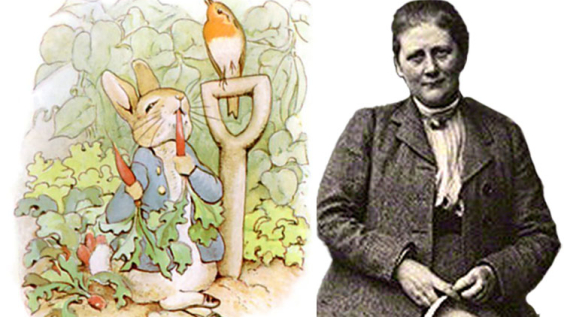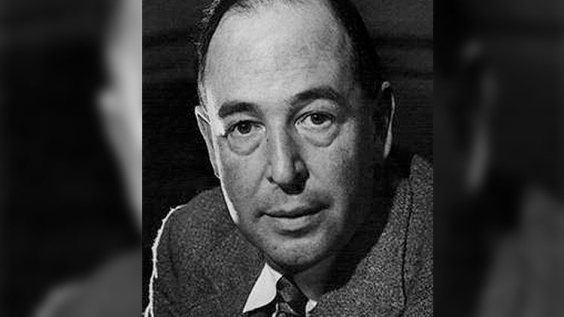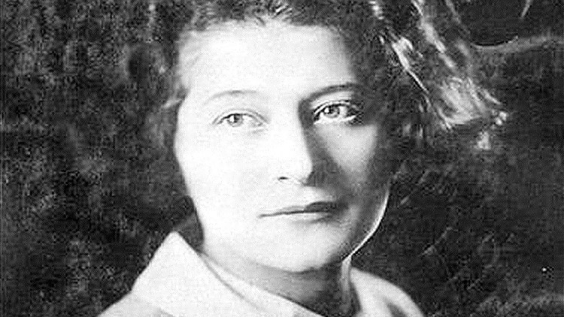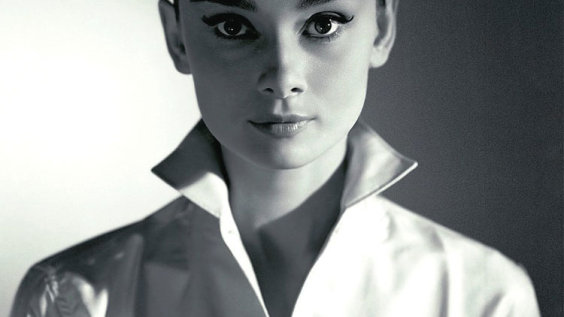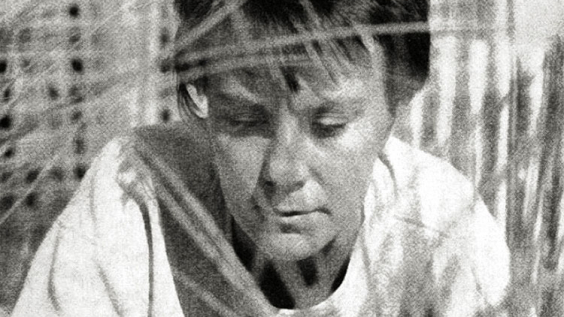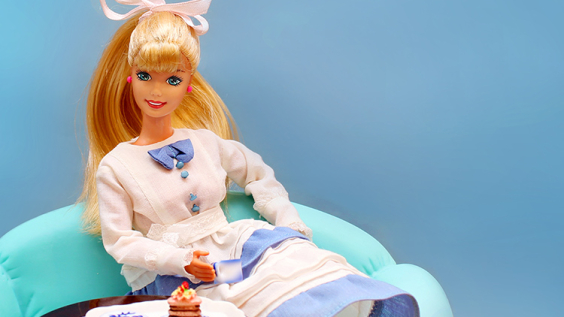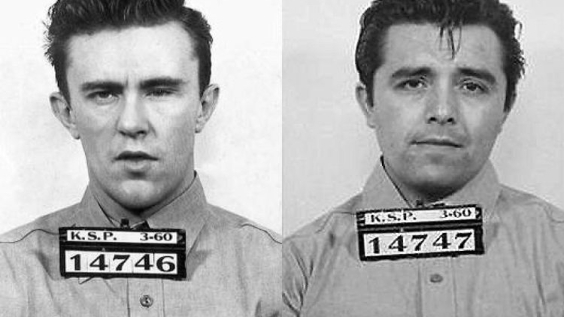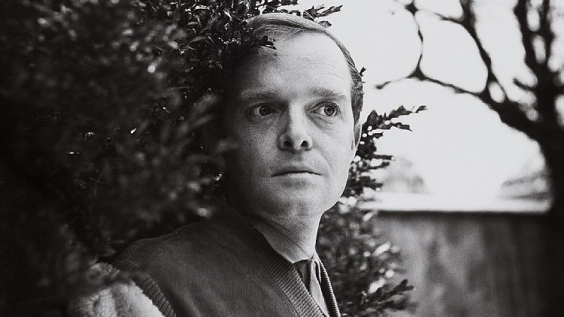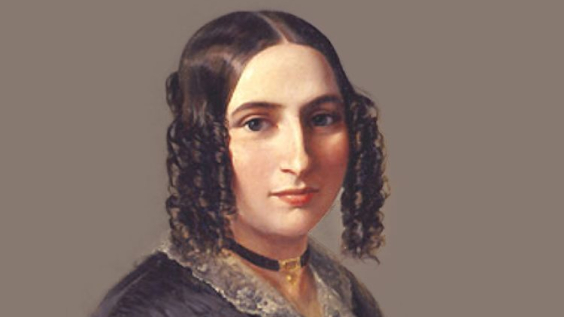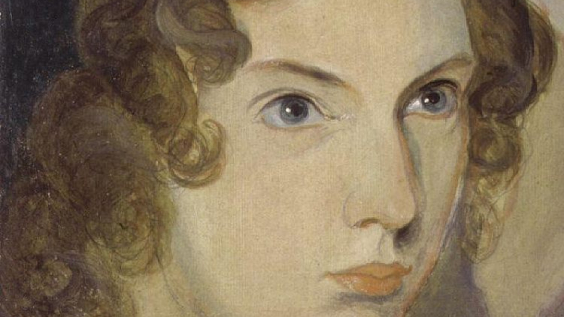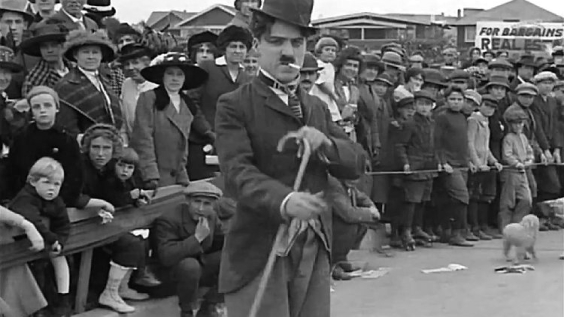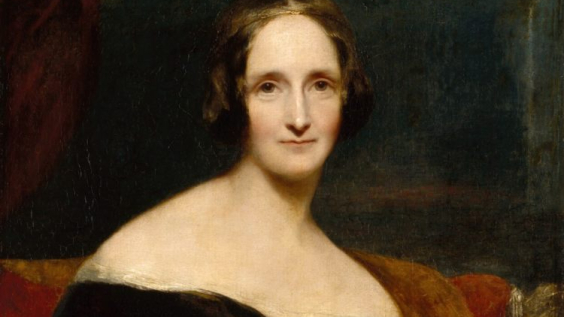
On 26 December 1963, The Beatles released I Wanna Hold your Hand and I Saw Her Standing There in the USA. They were a massive hit, and a result, that date has always been associated with Beatlemania reaching stratospheric new heights.
In the age of easily-accessible Spotify and wide-reaching social media, the band’s success seems perfectly natural, or expected. However, the spread of their new and exciting style across the globe was a ground-breaking cultural phenomenon at the time, and set a new precedent for the sheer scale that a band’s popularity could reach.
So how exactly did The Beatles become international sex symbols?
The band was originally called ‘The Quarrymen’
The band’s meteoric rise to stardom began in 1957 when a sixteen year old Liverpudlian schoolboy called John Lennon got together with a group of schoolmates and began to form a makeshift band which called itself ‘The Quarrymen.’
Over the next year, Lennon’s friend Paul McCartney and his friend George Harrison also joined as Lennon’s older friends left the band to pursue other careers.
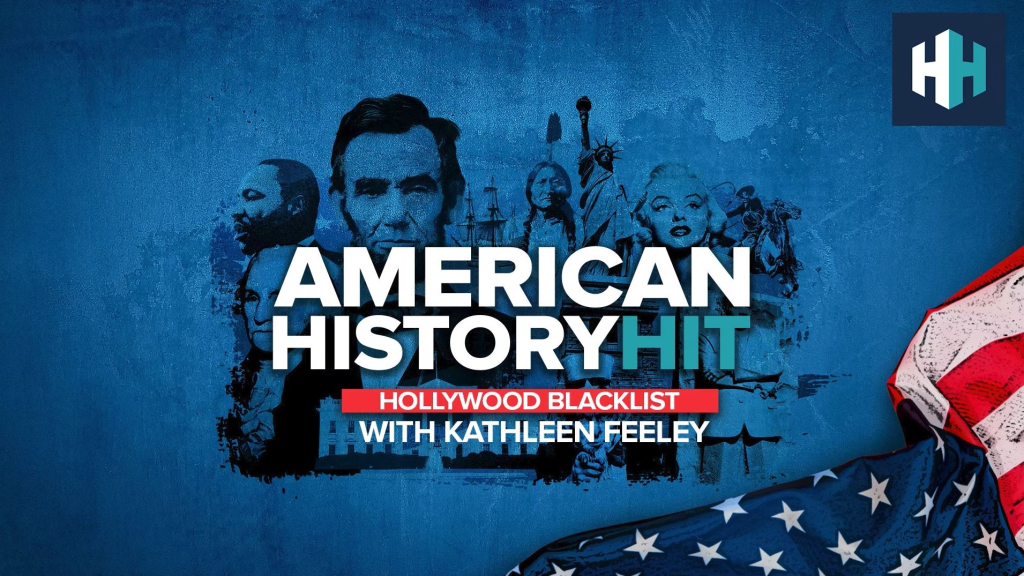 Listen Now
Listen NowThey did a residency in Hamburg
By 1960, the name had been changed to The Beatles, and the band experienced limited success in Liverpool. After a brief tour of Scotland, the band’s unofficial manager Alan Williams secured the group three and a half month’s residency in Hamburg.
There they played a huge number of gigs and perfected their skills as a guitar group, while also experiencing various misadventures such as Harrison being revealed to be underage and threatened with deportation.
Ringo Starr was persuaded to leave a rival band
Upon returning to England in 1962, after an initial period of rejection, the band were signed up by EMI music publishing and began their first recording at the label’s Abbey Road studios in June. There they were instructed to find a more skilled drummer, and the legendary foursome was completed when Ringo Starr, a drummer in a rival band, was persuaded to switch his allegiance.
1963 would prove to be their breakout year, as singles like She Loves You and From Me to You reached number one and began to generate significant interest in the band and its members.
The US market loved their music
After a year of phenomenal success, by the end of 1963 it was decided that the time had come to tackle the biggest and toughest market in the world: America.
EMI’s American subsidiary, Capitol Records, had steadfastly refused to release The Beatles‘ music in the US thus far. However, after negotiations with the independent US label Vee-Jay, in December their first singles were finally unleashed on the American market. Hysteria followed.

McCartney, Harrison, Swedish pop singer Lill-Babs and Lennon on the set of the Swedish television show ‘Drop-In’, 30 October 1963
Image Credit: PRESSENS BILD (Mikael J. Nordström), Public domain, via Wikimedia Commons
Their US popularity was dubbed a ‘British Invasion’
By the time the group set off on their first visit across the Atlantic in February 1964, I Wanna Hold Your Hand was at Number One, and 3,000 people had gathered to greet their plane at John F. Kennedy airport in New York.
When they have their first live performance on the Ed Sullivan Show two days later, a staggering 34% of the population of the USA tuned in to watch, which is yet more remarkable since owning a television was still something of a novelty. Dubbed the ‘British Invasion’, The Beatles’ mega popularity was only just beginning.
Teenage girls and young women were their first core fanbase
The term Beatlemania had been coined a little earlier back in England, and was first seen in print when the Daily Mail published an article with the headline ‘BEATLEMANIA: It’s happening everywhere… even in sedate Cheltenham.’
After their trip to the US, Beatlemania became particularly characterised by the high-pitched screaming and near-hysteria of the vast crowds of teenage girls who came to see the band. After one gig in Hull, it was reported that over 40 pairs of knickers had to be cleared away. Of course, stories such as these all but added to the band’s allure.
Unlikely as it may have seemed, four young lads from Liverpool with floppy hair had transformed into international sex symbols.
The baby boom may have contributed to their popularity
The reasons for this explosion of almost manic obsession with the band have been debated and analysed ever since. Some ideas have been their coinciding with the post World War Two baby boom, when there were far more teenage girls than there had ever been before, even when compared with the recent prime popularity of Elvis or Frank Sinatra.

The Beatles performing on ‘The Ed Sullivan Show’, February 1964
Another has been the non sexually-threatening long hair, youth and British charm of the group, which proved far more appealing to a new generation of young women and girls than the sexually voracious Elvis.
There are a multitude of other ever more wacky explanations, though in the end, the novelty and brilliance of The Beatles’ music is perhaps the most convincing.
It has been argued that The Beatles were an early ‘soft power’ British export
Beatlemania also reflects the spirit of the 60s and its rebellious counter-culture. Many non-fans scorned what they saw as the band’s unmanly appearance and music; yet this made their appeal even stronger, particularly after the band’s image took a darker and more psychedelic path later the same decade.
Interestingly, it has also been argued that The Beatles were an early ‘soft power’ British export following the decline and collapse of the British Empire. They paved the way for other boybands such as The Rolling Stones and One Direction to be similarly catapulted to the heights of global, lasting fame.



